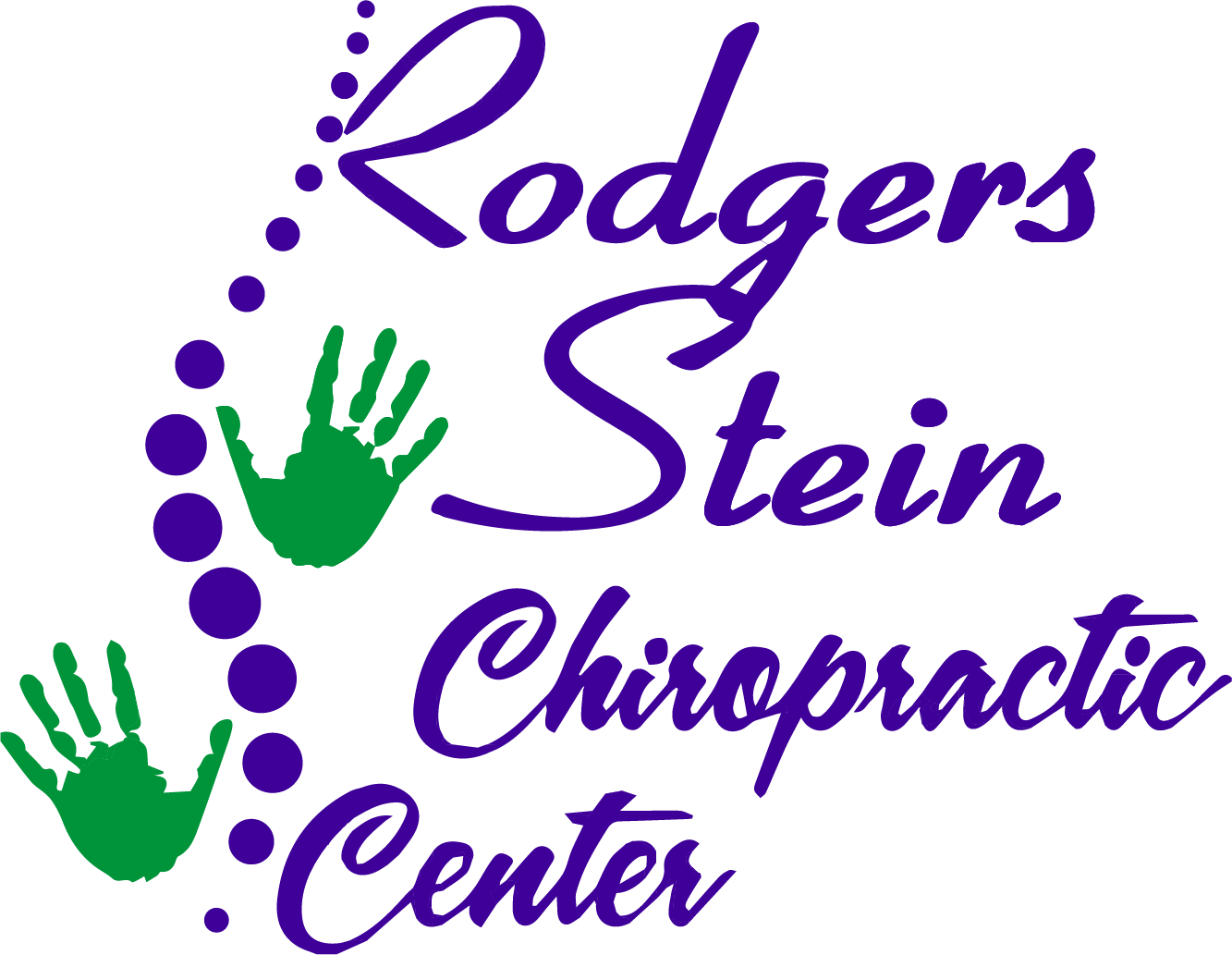You might not realize that releasing agility can greatly enhance your quality of life as a senior. It's not just about staying active; the benefits extend to improving your mental health, fostering social connections, and even boosting your confidence. By incorporating agility exercises into your routine, you can reduce the risk of falls, which is essential for maintaining independence. But what if there's more to agility than just physical fitness? Exploring these unexpected advantages could transform how you view your well-being and daily activities.
Understanding Agility for Seniors
When we think of agility, we often picture athletes or young individuals darting across fields, but agility is just as important for seniors. It's not just about speed; agility involves the ability to change direction quickly and effectively, balance well, and maintain coordination. These skills are essential for everyday activities, like maneuvering stairs, getting in and out of cars, or simply walking without fear of falling.
Understanding agility for seniors means recognizing how it impacts their independence and quality of life. As you age, your body naturally loses some flexibility and strength, which can lead to decreased mobility. By focusing on agility, you can enhance your physical capabilities, allowing you to perform daily tasks with greater ease and confidence.
Moreover, agility training isn't just reserved for the gym. You can incorporate simple exercises into your routine, like practicing balance on one leg or engaging in activities that require quick changes in direction, such as dancing or tai chi. These exercises help improve your reaction time and stability, reducing the risk of falls.
You might be surprised by how quickly you can see improvements in your agility. Even small changes can make a big difference in how you move and feel.
Physical Health Benefits
Engaging in agility training offers numerous physical health benefits for seniors that go beyond just enhanced mobility.
One of the most significant advantages is improved balance. As you practice agility exercises, you'll strengthen the muscles that support your joints, helping to reduce the risk of falls—one of the leading causes of injury in older adults.
In addition to balance, agility training enhances coordination. You'll find that your body responds more effectively to changes in direction, whether you're maneuvering through your home or participating in social activities. This increase in coordination can lead to greater independence in daily tasks.
Moreover, agility exercises can boost your cardiovascular health. By incorporating movements that raise your heart rate, you'll not only improve your stamina but also support overall heart function. A healthier heart means more energy for the activities you love.
Strength is another key benefit. Agility training often involves resistance and body-weight exercises, which help maintain and even build muscle mass as you age. This is essential since muscle loss is a natural part of aging, and preserving strength can enhance your overall quality of life.
Lastly, agility training supports joint health. The varied movements help lubricate your joints and keep them flexible, which can alleviate discomfort and improve your range of motion.
Enhancing Mental Well-Being
Agility training not only strengthens your body but also considerably enhances your mental well-being. Engaging in agility exercises can boost your mood, sharpen your cognitive functions, and reduce feelings of anxiety. You might be surprised at how improving your physical agility can lead to greater mental clarity and emotional resilience.
Here are some ways agility training can elevate your mental health:
- Improved Cognitive Function: As you practice coordination and balance, your brain creates new neural connections, enhancing memory and concentration.
- Increased Confidence: Mastering new skills fosters a sense of accomplishment, boosting your self-esteem and encouraging a positive mindset.
- Stress Reduction: Physical activity releases endorphins, the "feel-good" hormones, which help alleviate stress and elevate your mood.
- Mindfulness Development: Agility training requires focus and attention, promoting mindfulness and helping you stay present in the moment.
- Enhanced Emotional Resilience: Regular physical activity, like agility training, can help you better cope with life's challenges by building a more robust mental framework.
Boosting Social Engagement
Connecting with others through agility training can greatly enhance your social engagement, creating a vibrant community atmosphere. When you participate in group agility sessions, you not only work on your physical skills but also interact with like-minded individuals. This shared experience fosters friendships and encourages a sense of belonging.
As you train together, you'll find that laughter and camaraderie come naturally. These interactions can break down barriers and help you connect with people you may not have met otherwise. Engaging in conversations about your progress, sharing tips, and celebrating achievements can strengthen those bonds. You'll discover that support from fellow participants can motivate you to push your limits and stay committed to your goals.
Moreover, agility training often involves diverse activities that require teamwork and collaboration. Whether it's participating in relay races or group challenges, these exercises promote communication and cooperation. You'll learn to rely on each other, which enhances your social skills and builds trust within the group.
Additionally, these social connections can lead to other opportunities outside of training. You might find yourself joining clubs, attending events, or simply enjoying coffee together after sessions. These outings can enrich your life and create a network of friends who share your interests.
In short, by engaging in agility training, you're not only improving your physical abilities but also meaningfully boosting your social engagement. Embrace this chance to connect, share, and grow within your community.
Improving Balance and Coordination
When it comes to improving your balance and coordination, you can start with some effective stability techniques.
Incorporating specific coordination exercises into your routine can greatly enhance your daily movements.
Let's explore some simple practices you can easily integrate into your life for better balance.
Enhanced Stability Techniques
Maintaining stability is essential for seniors, as it directly impacts their ability to navigate daily activities safely. Enhanced stability techniques can greatly improve your balance and coordination, allowing you to move with confidence.
Here are some effective methods you can easily incorporate into your daily routine:
- Strength training: Focus on exercises that target your core, legs, and back to build muscle and support stability.
- Tai Chi: This gentle martial art emphasizes slow, controlled movements that improve balance and flexibility.
- Yoga: Practicing yoga enhances body awareness and strengthens your muscles, helping you maintain stability in various positions.
- Balance exercises: Simple activities like standing on one leg or heel-to-toe walking can effectively boost your balance.
- Footwear choice: Wearing shoes with proper support and non-slip soles can prevent slips and falls.
Coordination Exercises Overview
Improving your coordination is essential for enhancing balance and overall mobility as you age. Coordination exercises help your body work more efficiently, allowing you to perform daily tasks with ease and confidence. These exercises target various muscle groups, improving your ability to move smoothly and control your body.
You can start with simple activities that focus on hand-eye coordination, like tossing a ball back and forth or playing catch with a friend. As you become more comfortable, you can incorporate more complex movements, such as dance routines or balance games that challenge your agility.
Try incorporating exercises that require you to shift your weight, like heel-to-toe walks or side steps. These activities not only promote coordination but also strengthen your leg muscles, which are crucial for stability.
Don't forget to include activities that engage your core, like seated leg lifts or gentle twists. A strong core supports your overall coordination, making it easier to maintain balance during various movements.
Daily Balance Practices
Incorporating daily balance practices can greatly enhance both your coordination and overall stability.
These exercises won't only help you feel more secure on your feet but also improve your overall agility. Here are some effective balance practices you can easily integrate into your routine:
- Single-leg stands: Hold onto a sturdy surface and lift one leg, balancing for 10-30 seconds.
- Heel-to-toe walk: Walk in a straight line, placing the heel of one foot directly in front of the toes of the other.
- Chair rises: Stand up from a chair without using your hands, then sit back down slowly.
- Tai Chi: Engage in Tai Chi classes or follow online sessions to enhance balance through fluid movements.
- Balance beams: Walk along a low beam or a straight line on the ground to challenge your stability.
Encouraging Lifelong Learning
You can boost your agility by embracing lifelong learning in various forms.
Whether it's getting comfortable with new technologies, exploring creative hobbies, or joining educational workshops, each opportunity expands your skills and keeps your mind sharp.
Let's explore how these activities can enrich your life and maintain your agility.
Embracing New Technologies
As technology continues to evolve, embracing new tools can transform the way seniors engage with the world around them.
By stepping into the digital age, you not only stay connected but also open doors to endless opportunities for learning and growth.
Here are some exciting ways technology can enhance your life:
- Online Courses: Access a plethora of topics from history to science, all from the comfort of your home.
- Social Media: Connect with family and friends, sharing experiences and staying updated on their lives.
- Telehealth Services: Manage your health with virtual doctor visits, which save you time and hassle.
- E-readers: Immerse yourself in a world of literature without the weight of physical books, while adjusting text size for comfort.
- Fitness Apps: Stay active with guided workouts tailored to your fitness level, right at your fingertips.
Embracing new technologies doesn't have to be intimidating.
With a little curiosity and practice, you can enhance your daily life and maintain your independence.
Exploring Creative Hobbies
Exploring creative hobbies can be a rewarding way to complement your newfound tech skills and enrich your life. Whether it's painting, writing, or crafting, these activities allow you to express yourself and tap into your imagination. Engaging in a creative pursuit not only sharpens your mind but also boosts your mood and reduces stress.
You don't need to be a professional artist to enjoy these hobbies. Start small—perhaps by picking up a sketchbook or trying your hand at poetry. As you practice, you'll discover your unique style and preferences. You might find joy in joining a local art class or connecting with others who share your interests online.
Creative hobbies also encourage you to learn new techniques and explore different mediums. This process of discovery keeps your brain active and fosters a sense of accomplishment.
Plus, creating something tangible can enhance your confidence and provide a great conversation starter with family and friends.
Joining Educational Workshops
At any stage of life, joining educational workshops can spark curiosity and enhance personal growth. These experiences offer seniors a chance to learn new skills, meet like-minded individuals, and expand their horizons.
You'll find that engaging in workshops can lead to wonderful outcomes, including:
- Sharpening cognitive skills through active participation and problem-solving.
- Boosting social connections by meeting people with similar interests.
- Exploring new subjects that ignite your passion and creativity.
- Building confidence in your abilities as you master new concepts.
- Encouraging physical agility through hands-on activities that keep you moving.
Whether it's art, technology, or personal finance, the options are endless. Workshops provide a supportive environment where you can ask questions and investigate deeper into topics that fascinate you.
You'll discover that lifelong learning isn't just about gaining knowledge; it's about staying engaged and adaptable in a rapidly changing world.
Exploring New Activities
Trying out new activities can be a fantastic way to enhance agility and overall well-being for seniors. Engaging in different pursuits not only keeps your mind sharp but also challenges your body in new ways.
Whether it's a dance class, tai chi, or even gardening, these activities can improve flexibility, balance, and coordination.
Consider exploring low-impact exercises like yoga or swimming. These activities are gentle on your joints while providing a full-body workout. As you move through various poses or swim laps, you'll notice increased strength and improved range of motion over time.
Plus, the social aspect of a class can be an added bonus, allowing you to meet new friends who share similar interests.
If you're feeling adventurous, try something completely outside your comfort zone. How about rock climbing at a local indoor facility? Many gyms offer beginner classes tailored for seniors, focusing on safety and technique.
You might surprise yourself with how capable you are, and the thrill of conquering new challenges can be incredibly rewarding.
Don't forget about creative activities like painting, pottery, or playing a musical instrument. These pursuits not only stimulate your mind but also enhance fine motor skills.
As you immerse yourself in these creative outlets, you'll likely experience a sense of accomplishment that boosts your mood.
Increasing Confidence and Independence
Building confidence and independence as a senior can greatly enhance your quality of life. When you take steps to improve your agility, you're not just working on physical skills; you're also bolstering your self-esteem and ability to navigate the world around you.
Feeling confident in your movements allows you to participate in activities you love, connect with others, and pursue new interests. Here are some surprising benefits of increasing your confidence and independence:
- Improved Mobility: Enhanced agility makes daily tasks easier, from walking to grocery shopping.
- Greater Social Engagement: Increased confidence encourages you to join groups or activities you might've avoided.
- Mental Well-being: Achieving new physical milestones can reduce anxiety and depression, boosting your mood.
- Resilience: Facing and overcoming challenges can foster a sense of accomplishment and empowerment.
- Better Decision-Making: As you gain independence, you feel more capable of making choices that align with your values and desires.
Creating a Supportive Community
Creating a supportive community around you can greatly enhance your journey toward increased agility and independence. Engaging with friends, family, and neighbors fosters a sense of belonging and encouragement that's essential for your growth. When you surround yourself with people who understand your goals, you're more likely to stay motivated and committed.
Start by identifying those who share your interests or values. Look for local groups focused on fitness, wellness, or hobbies that pique your curiosity. These connections can provide not just companionship but also practical advice and shared experiences. When you see others working towards similar objectives, it can inspire you to push your boundaries.
Communication is key. Don't hesitate to express your needs and aspirations. Whether it's a casual chat or a structured meeting, sharing your goals can help others understand how best to support you. They might even join you in your activities, making the experience more enjoyable and less overwhelming.
Don't overlook the role of technology in creating your community. Online platforms can connect you with like-minded individuals across the globe. Virtual classes or social media groups dedicated to agility and wellness can provide additional resources and motivation.
Lastly, remember to give back. By supporting others in their journeys, you'll strengthen your connections and build a more cohesive community. This reciprocal relationship not only enriches your life but also reinforces the importance of agility and independence for everyone involved.
Embrace the power of your community; it's an essential asset on your path to enhanced agility.
Tips for Incorporating Agility
Incorporating agility into your daily routine can be simple and rewarding.
Start with easy agility exercises that fit your comfort level, and gradually increase their intensity.
Simple Agility Exercises
Agility can bring a sense of freedom and confidence to seniors, enhancing their overall mobility and balance. Incorporating simple agility exercises into your routine doesn't have to be complicated.
Here are some easy ways to get started:
- Lateral Shuffles: Move side to side in a controlled manner to improve your lateral movement.
- Cone Drills: Set up small cones or markers and practice weaving in and out to enhance coordination.
- Single-Leg Stands: Stand on one leg for a few seconds, then switch to the other. This helps strengthen your balance.
- Walking Heel-to-Toe: Walk in a straight line, placing one foot directly in front of the other to develop stability.
- Step-Ups: Use a low step or platform to practice stepping up and down, which builds leg strength and agility.
Start with just a few minutes each day, gradually increasing the intensity and duration as you feel more comfortable.
These exercises not only boost your agility but also contribute to overall physical health, making daily activities easier and more enjoyable.
Embrace these movements to release your potential!
Daily Movement Routines
Building on those simple agility exercises, establishing a daily movement routine can greatly enhance your overall mobility and confidence.
Start by dedicating a specific time each day for your routine. Consistency is key. Aim for at least 15-30 minutes of movement, and choose activities you enjoy—walking, dancing, or even gardening can work wonders.
Incorporate a variety of movements. Mix in strength training, flexibility exercises, and balance work alongside agility drills. This combination won't only improve your agility but also support your overall physical health.
You can add simple stretches in the morning to wake up your muscles and prepare for the day ahead.
Consider using household items as props. A sturdy chair can aid in balance exercises, while a lightweight object, like a water bottle, can enhance strength training. Remember to listen to your body; if something feels too challenging, adjust accordingly.
Lastly, invite a friend or family member to join your routine. Exercising with others can boost motivation and make the experience more enjoyable.
Conclusion
Releasing agility can transform your life in ways you might not expect. By improving your physical health, enhancing mental well-being, and boosting social connections, you'll find new confidence and independence. Embracing agility opens doors to exploring new activities and creating a supportive community. So, why wait? Start incorporating agility exercises into your routine today and enjoy a more vibrant, active lifestyle that nurtures both your body and mind!



